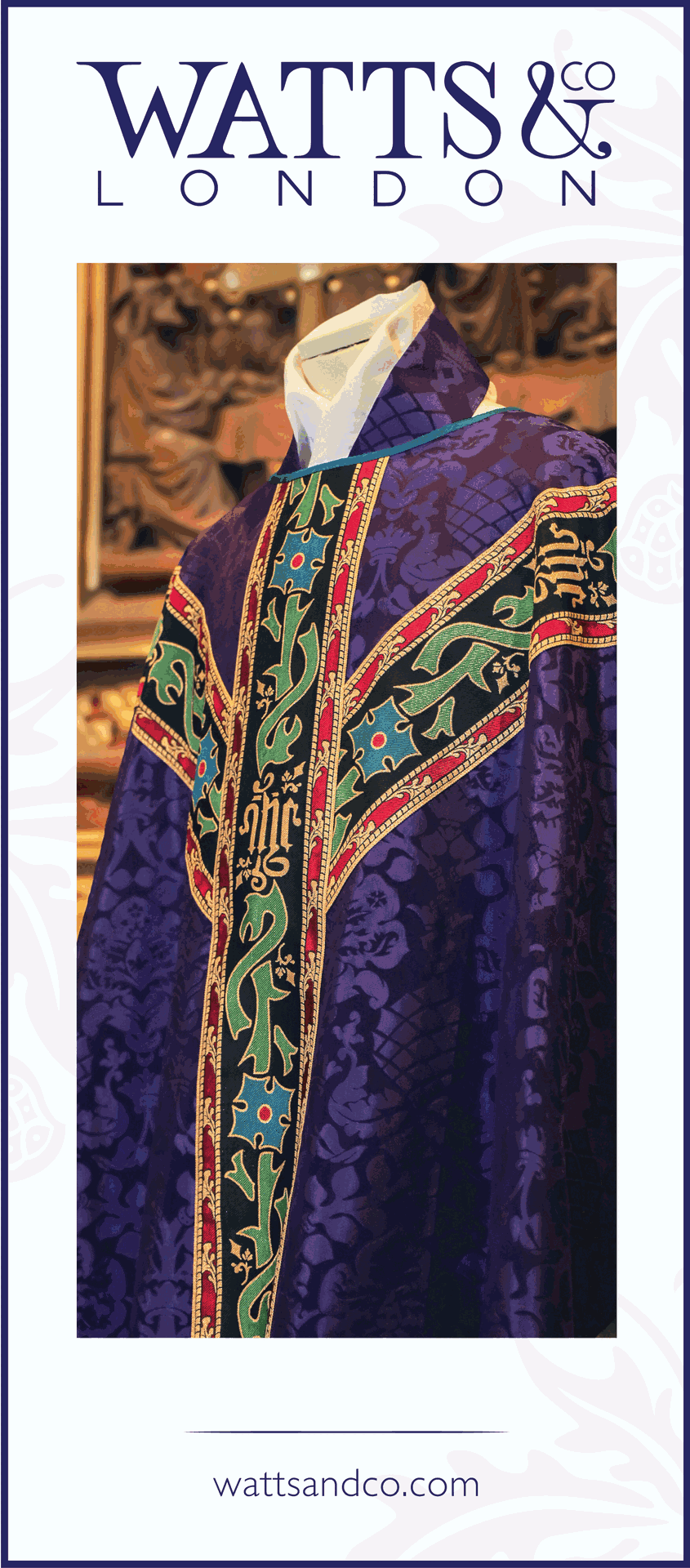If I were to be asked what books of liturgical study I found the most valuable and that which I'd least want to part with, two of them would easily be Archdale King's Liturgies of the Religious Orders and Liturgies of the Primatial Sees.
As NLM readers will no doubt be familiar -- though perhaps some of our newer readers will not -- one of our great interests here on the NLM is the study and promotion of the other Western liturgical rites and uses. In fact, in our midst we have a few contributors who bring particular knowledge and expertise in such areas.
We are fortunate to have Fr. Augustine Thompson, O.P. in our midst who is able to bring us all manner of practical and historical knowledge of the Dominican liturgical tradition.
Nicola de Grandi of Italy is our resident expert -- and an expert generally -- in all things related to one of the most glorious and venerable of the Western liturgical traditions, the Ambrosian rite.
Philippe Guy, our Parisian correspondent, brings with him a great deal of knowledge of the Gallican rites.
It is the topic of the Gallican rites, and in particular, the rite of Lyons, the see of the Gallican primate, that spurred this post in fact. Archdale King's work on the Primatial Sees includes a few historical photographs -- though sadly, none of the rite itself.
Here are those pictures:
As NLM readers will no doubt be familiar -- though perhaps some of our newer readers will not -- one of our great interests here on the NLM is the study and promotion of the other Western liturgical rites and uses. In fact, in our midst we have a few contributors who bring particular knowledge and expertise in such areas.
We are fortunate to have Fr. Augustine Thompson, O.P. in our midst who is able to bring us all manner of practical and historical knowledge of the Dominican liturgical tradition.
Nicola de Grandi of Italy is our resident expert -- and an expert generally -- in all things related to one of the most glorious and venerable of the Western liturgical traditions, the Ambrosian rite.
Philippe Guy, our Parisian correspondent, brings with him a great deal of knowledge of the Gallican rites.
It is the topic of the Gallican rites, and in particular, the rite of Lyons, the see of the Gallican primate, that spurred this post in fact. Archdale King's work on the Primatial Sees includes a few historical photographs -- though sadly, none of the rite itself.
Here are those pictures:
[missing image]
Above is a picture of a thurifer according to the Lyons rite. King mentions this use of alb and girdle in relation to the solemn celebration of lauds and vespers.
Above is a picture of a thurifer according to the Lyons rite. King mentions this use of alb and girdle in relation to the solemn celebration of lauds and vespers.
A Dalmatic with "colletin" -- a similar sort of apparel is used in the Ambrosian rite, but King makes little other reference to this so far as I can yet see.
An honourary canon of Lyons
Interesting Historical Ceremonial Notes
"In the primatial church, the matter for the Sacrifice is not prepared by the deacon, but by the sacristan... in choir dress and without a stole."
"The deacon censes around the altar, holding the thurible at the full length of the chain, and, while pasing the middle (front and back), he three times censes the cross, genuflecting before and after."
"The subdeacon, from the offertory until the Pater Noster, holds the paten in his maniple behind the altar..."
"At the beginning of the canon [the subdeacon] comes, together with the induti, subdeacons and acolytes with roches, to the epistle side of the altar, where he remains until after the elevation of the chalice. Then, retiring behind the altar [again] until the Pater noster, he returns, but goes back after the elevation. At the Libera nos, he reappears and gives the paten to the deacon. Martene in his description of a solemn Mass in the primatial church says that at the Pater noster the subdeacon lays the paten on the altar in front of the celebrant, and kisses his shoulder."
"The induti deacons, during the canon, are arranged in a line behind the celebrant."
"The induti deacons, during the canon, are arranged in a line behind the celebrant. The 13th-century ordinary of the church of St. John [the primatial church] says that two thurifers cense the altar continuously from the Sanctus till the Communion, after which the dignitaries and the choir are censed."
The Pontifical Liturgy of Lyons
The pontifical liturgy of Lyons also mentions many interesting features. Here is a description of the solemn procession:
"Thirty-six persons take part in the solemn entry during the singing of the introit... among those... are seven acolytes in red cassocks with trains and girded albs, carrying candles; crucifer and crozier-bearer in copes, but without insignia; six induti subdeacons in tunicles, followed by the canon subdeacon bearing the archiepiscopal cross; six deacons in dalmatics, with the canon deacon holding the crozier; six priests in chasubles; the archbishop vested for Mass and walking between two priests in copes, all three of whom are supporting the gremial. Finally, the train-bearer to the primate, and four insignia-bearers -- of the book, hand-candle, mitre and maniple."
"A distinctive feature in the pontifical rite of Lyons is the holding of the gremial by the two assistant priests before the archbishop, as he moves in procession to the altar for the celebration of the Mass." [You can see this in the picture above.]
(The above pictures are courtesy Ceremoniaire.net)
There are many other interesting details to the Lyons rite, almost too many to get into.




























